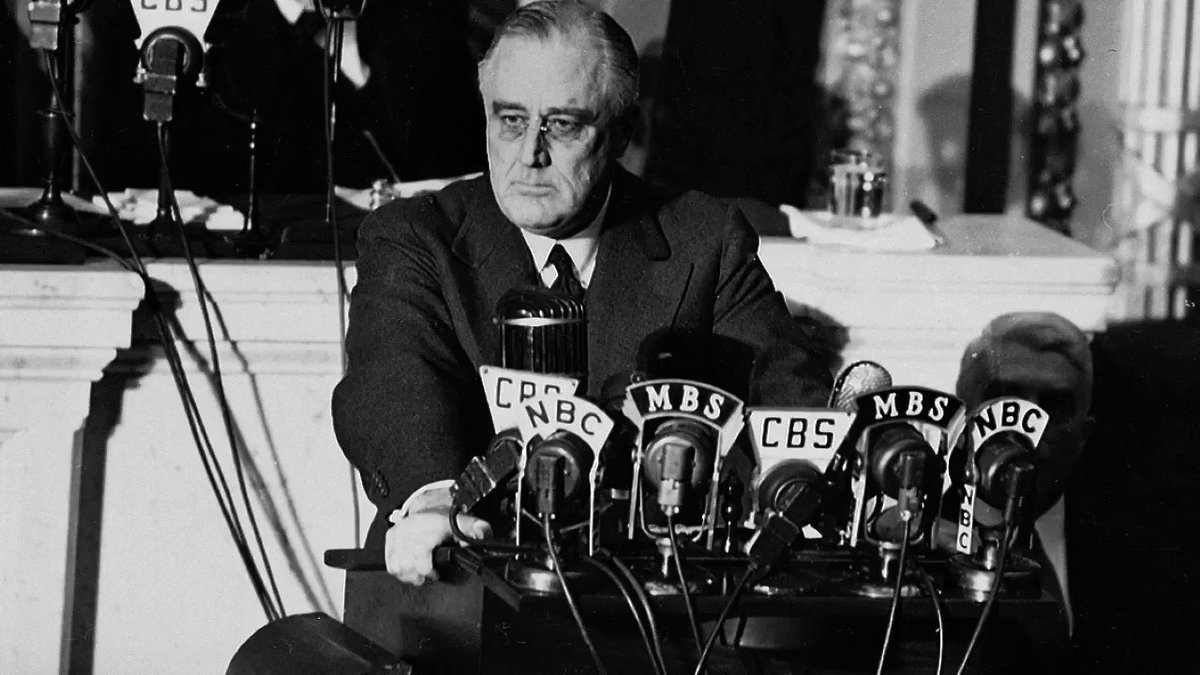To see why this is an important question, consider that Germany lost around 7 million people, the US around 400 000, the United Kingdom around 450 000 thousands & Japan around 3 milllion.
Note that the Sowiet Union did not suffer the highest per capita losses: those were higher in Poland, where around 17% of the pre-war population died en.wikipedia.org/wiki/World_War…
Let me elaborate on all this.
Now, let's be clear about one thing: this was not just an SS thing.
en.wikipedia.org/wiki/Hunger_Pl…
Time for a short break and we will be back with the Sowiet side of the coin.
Nevertheless, the first months of the war were a complete disaster for the Red Army.
The key to understanding the Red Army's dismal performance is the political system in which it had to operate.
The direct cost of these actions was of course the annihilation of tonloads of precious experience and professional competence as
But there was another cost: a general athmosphere of paranoia,
The mud was followed by the winter.
In december 1941, the Red Army was finally able to start a large scale counterfoffensive

















